 In working on other games, as well as Cresthaven RPG, I was confronted recently with a comment from one of the visitors to the blog. They suggested that alignments aren’t even really used as a player. This got me thinking.
In working on other games, as well as Cresthaven RPG, I was confronted recently with a comment from one of the visitors to the blog. They suggested that alignments aren’t even really used as a player. This got me thinking.
Typically alignments are used to position the player characters and the non-player characters within the moral world of the game. In D&D alignment system from the original 1974 boxed set initially featured only Law, Neutrality and Chaos. Law generally equated to good and heroism, and Chaos implied anarchy and evil; however, the good and evil parallels were not strongly defined. Dwarves were Lawful and elves Chaotic, while humans could be any of the three alignments
Alignment was designed to help define role-playing, a character’s alignment being seen as its outlook on life. A player decides how a character should behave in assigning an alignment, and should then play the character in accordance with that alignment.
I understand adding to to non-players and monsters, it will help to place them and how they interact with the world. But does it add to the gaming experience for the player’s characters?
What do you think, does your alignment change the way you play a character? Post a comment and let me know!
Discover more from Cresthaven RPG
Subscribe to get the latest posts sent to your email.
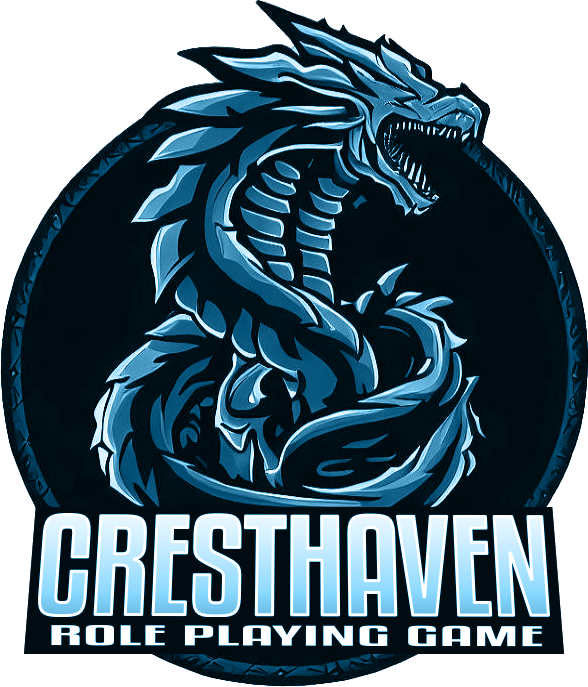

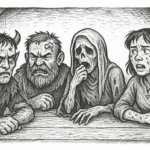
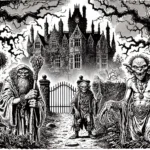
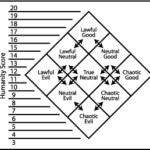


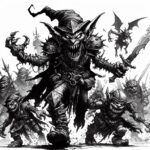
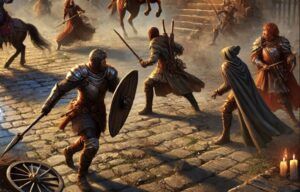
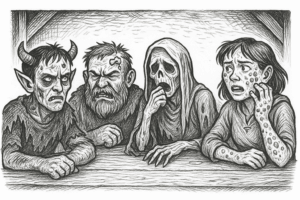

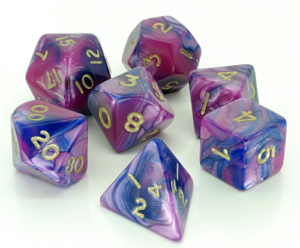
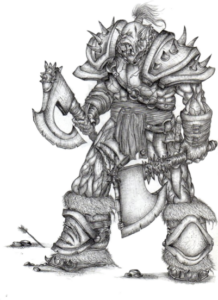
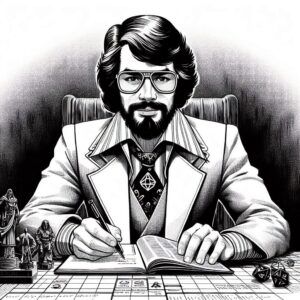

Alignment is a must for any D&D style game. It guides player decisions on how to play the character. All too often modern games have removed it, in hopes of satisfying the modern gamer who really wants to do whatever they want and call it a “code”. But we all know in our hearts that’s nonsense. If you’re going to remove alignment, you may as well remove race and class as well. Since those are similar systems of boundaries for how a character is viewed and played. No more or less important.
Classes and races establish a framework of how the game is played, elves can see in the dark, humans have overall higher abilities, etc. Alignment is just another dial that changes how to play the game, you can of course play with it if you choose. We’ve found that it didn’t add much to our games as changing alignment or playing out of alignment had no real consequences or effect on the game.
Thanks for the feedback! I enjoy your site. I would say that alignment establishes a framework in the same way that race and class do. Elves can see in the dark and good aligned players can help NPCs with little thought of how they benefit. Humans have higher abilities and chaotic players lower guilt when flouting the law. In the same way that you can play against your alignment and the game doesn’t change, an elf can choose to ignore the inherent bonus with longsword and the game still operates fine. In my games, playing out of alignment is just like ignoring any rule in the game. The world reacts. If an Elf tries to act like a Dwarf, it would cause people to react to that action. Similarly, if an evil aligned player pretends to be good, he will get different reactions than if he played his race/alignment. It sounds like maybe you were already ignoring alignment which is probably a good time to eliminate the rule. But we enjoy alignment and how it informs our roleplay in the same way we allow race to inform our roleplay. In our games, Dwarves and Elves do not act the same. Similarly, Neutral and Chaotic players do not act the same. I don’t think a rule needs to have a mechanical benefit to be justified. Some rules, like alignment, are designed to impact roleplay and IME they do a great job of it.
Thanks for the feedback! I enjoy your site. I would say that alignment establishes a framework in the same way that race and class do. Elves can see in the dark and good aligned players can help NPCs with little thought of how they benefit. Humans have higher abilities and chaotic players lower guilt when flouting the law. In the same way that you can play against your alignment and the game doesn’t change, an elf can choose to ignore the inherent bonus with longsword and the game still operates fine. In my games, playing out of alignment is just like ignoring any rule in the game. The world reacts. If an Elf tries to act like a Dwarf, it would cause people to react to that action. Similarly, if an evil aligned player pretends to be good, he will get different reactions than if he played his race/alignment. It sounds like maybe you were already ignoring alignment which is probably a good time to eliminate the rule. But we enjoy alignment and how it informs our roleplay in the same way we allow race to inform our roleplay. In our games, Dwarves and Elves do not act the same. Similarly, Neutral and Chaotic players do not act the same. I don’t think a rule needs to have a mechanical benefit to be justified. Some rules, like alignment, are designed to impact roleplay and IME they do a great job of it.
Alignment is a must for any D&D style game. It guides player decisions on how to play the character. All too often modern games have removed it, in hopes of satisfying the modern gamer who really wants to do whatever they want and call it a “code”. But we all know in our hearts that’s nonsense. If you’re going to remove alignment, you may as well remove race and class as well. Since those are similar systems of boundaries for how a character is viewed and played. No more or less important.
Classes and races establish a framework of how the game is played, elves can see in the dark, humans have overall higher abilities, etc. Alignment is just another dial that changes how to play the game, you can of course play with it if you choose. We’ve found that it didn’t add much to our games as changing alignment or playing out of alignment had no real consequences or effect on the game.
As modern games dictate, alignment is a general attitute. Only goals and bounds matter.
I view alignment as sort of a signpost. It tells the DM what to expect from a character (much like other character hooks) and it helps remind the player about the moral compass they intend for the character. That doesn’t mean that it can’t ever change or that a realistic person always fits neatly into a box. It just means that, all else being equal, we expect this character to guide their decisions in a given direction.